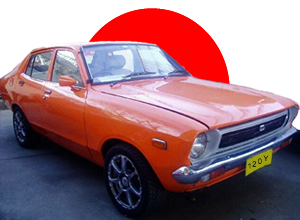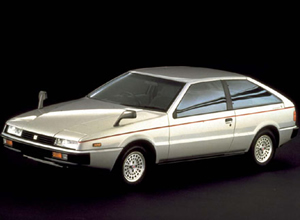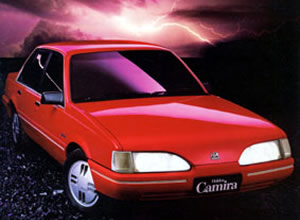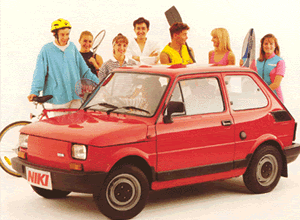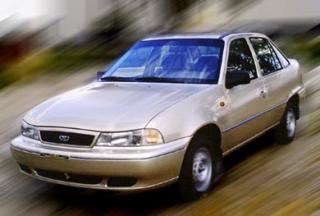
The Dawoo Cielo takes our number 5 spot of Australias worst cars. Also known as the 1.5i between 1994 and 1995 the Cielo was Daewoo’s first entry into the Australian Market. Daewoo had a long association with GM long before it became part of GM in 2002 and the Cielo was no different. The car would be a familiar sight to any Europeans as it is based on the Opel Kadet E that was first sold in Europe between 1984 to 1991. So by the time it got to Australia it was over ten years old but despite its dated style and bad quality fit and finish they sold like hot cakes. Daewoo were quick to point out the engine was made by Holden and that their $14,000 was the cheapest in the market for this class of car. A face lift came when the car was renamed Cielo in 1995 that saw a smother looking front and rear end treatment so it no longer looked like a 1980s car, unfortunately not much was done to the 1980s handling or the build quality. Today you can pick up plenty of used examples of the Cielo for under $1000. A similar Laser or Corolla of the era can sell for as much as $7000.

